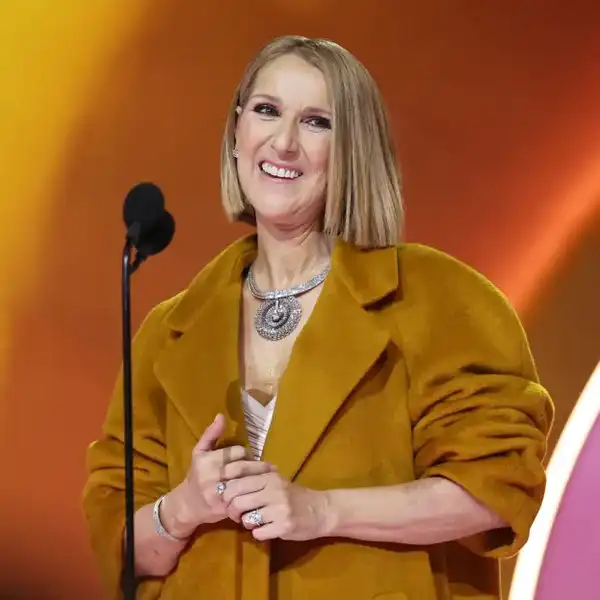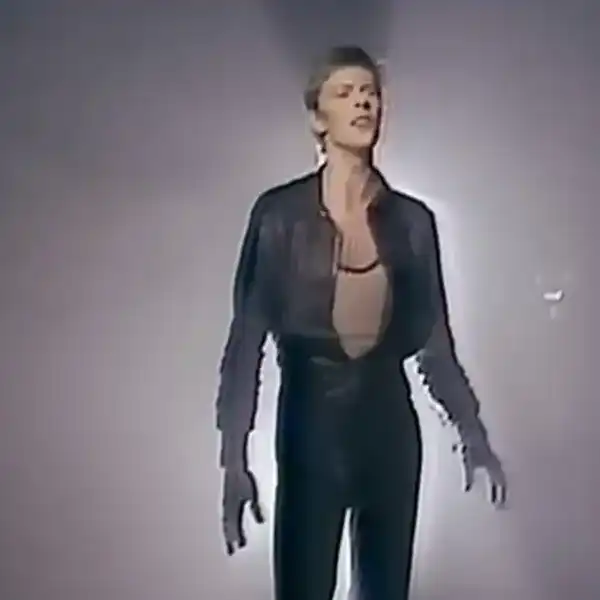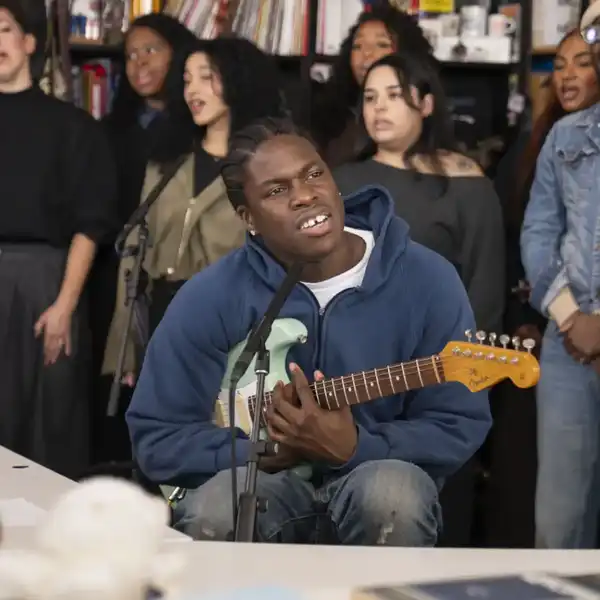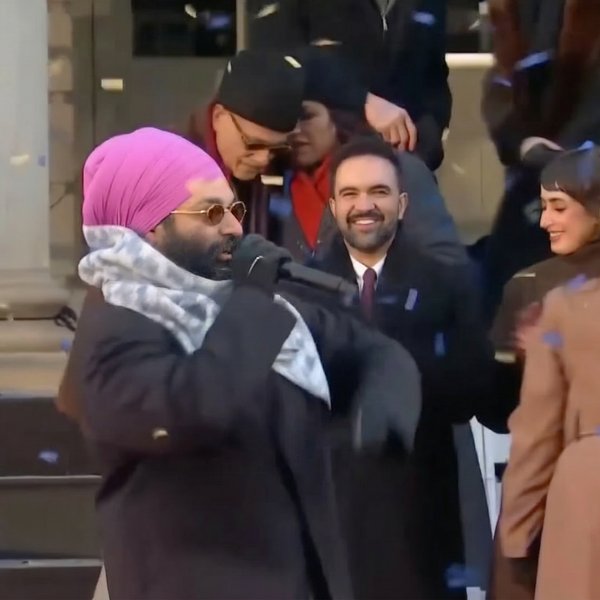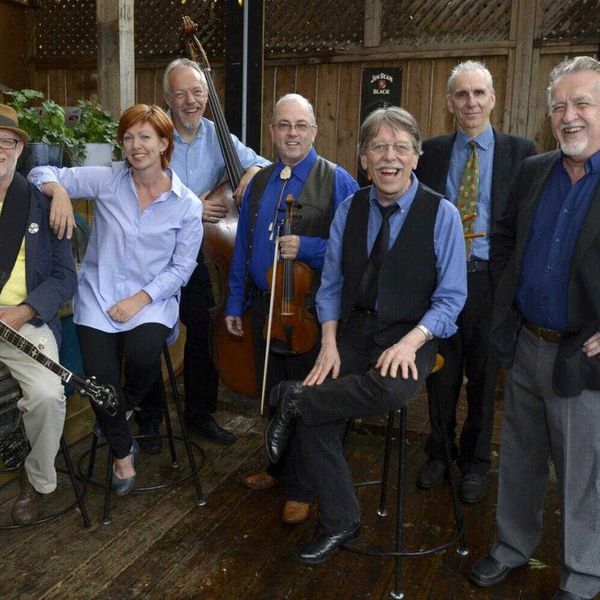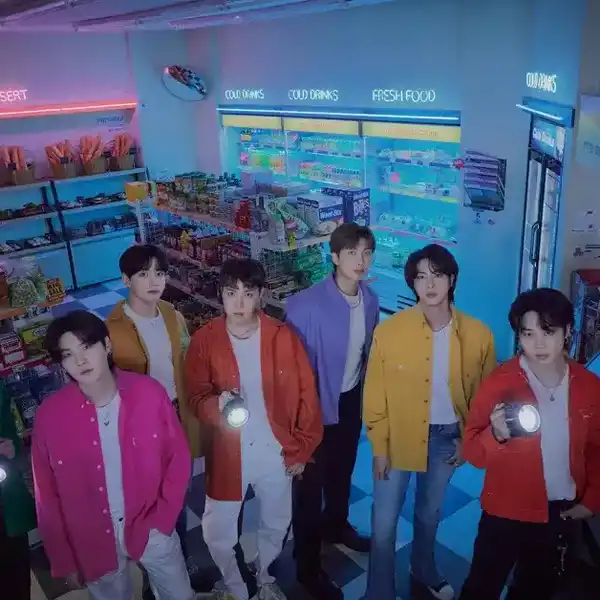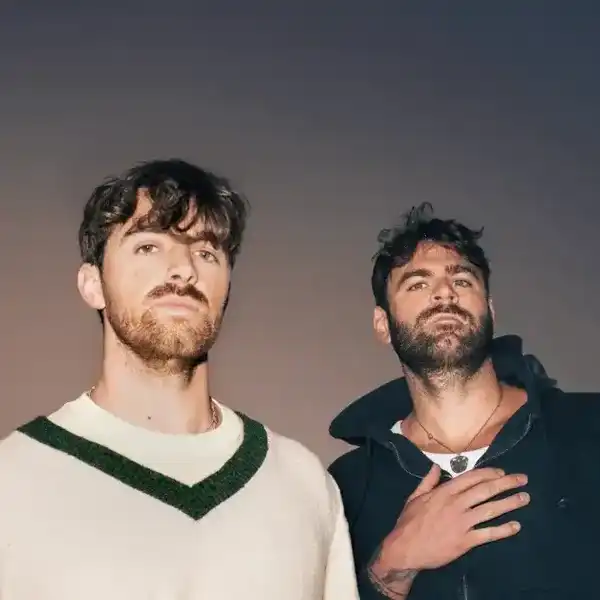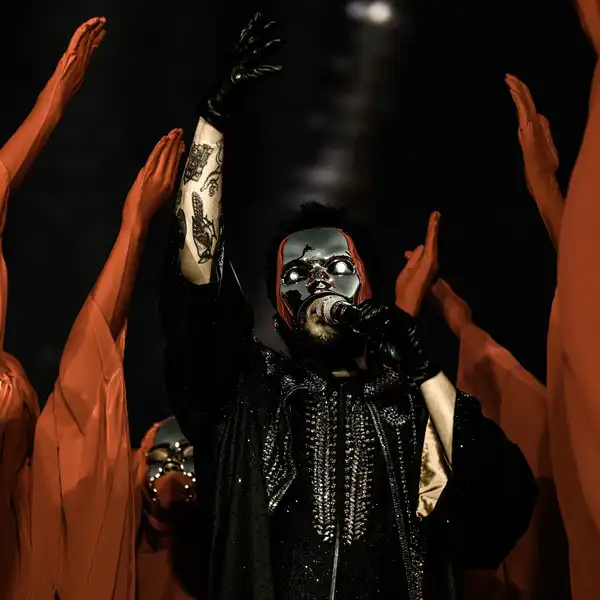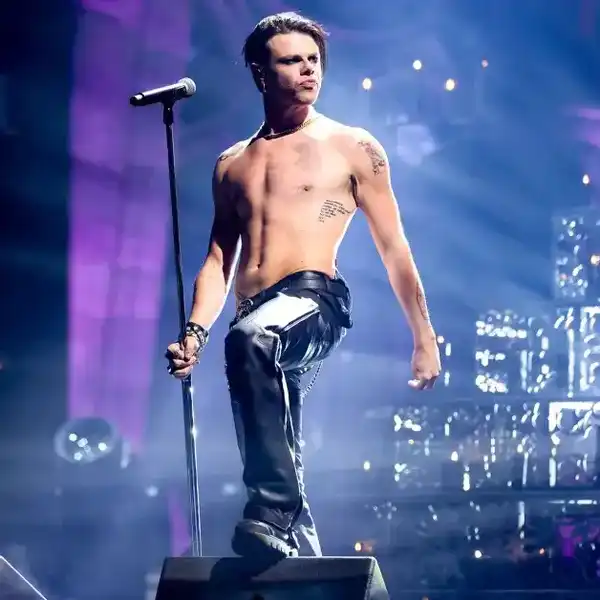Will Toronto’s Dance floors Be More Intimate Spaces In 2024?
There's an openness to express vulnerability, warmth and sharing on the dance floor, argues author Luis Manuel Garcia-Mispireta. In Toronto underground spaces, that's become more pronounced since the pandemic.
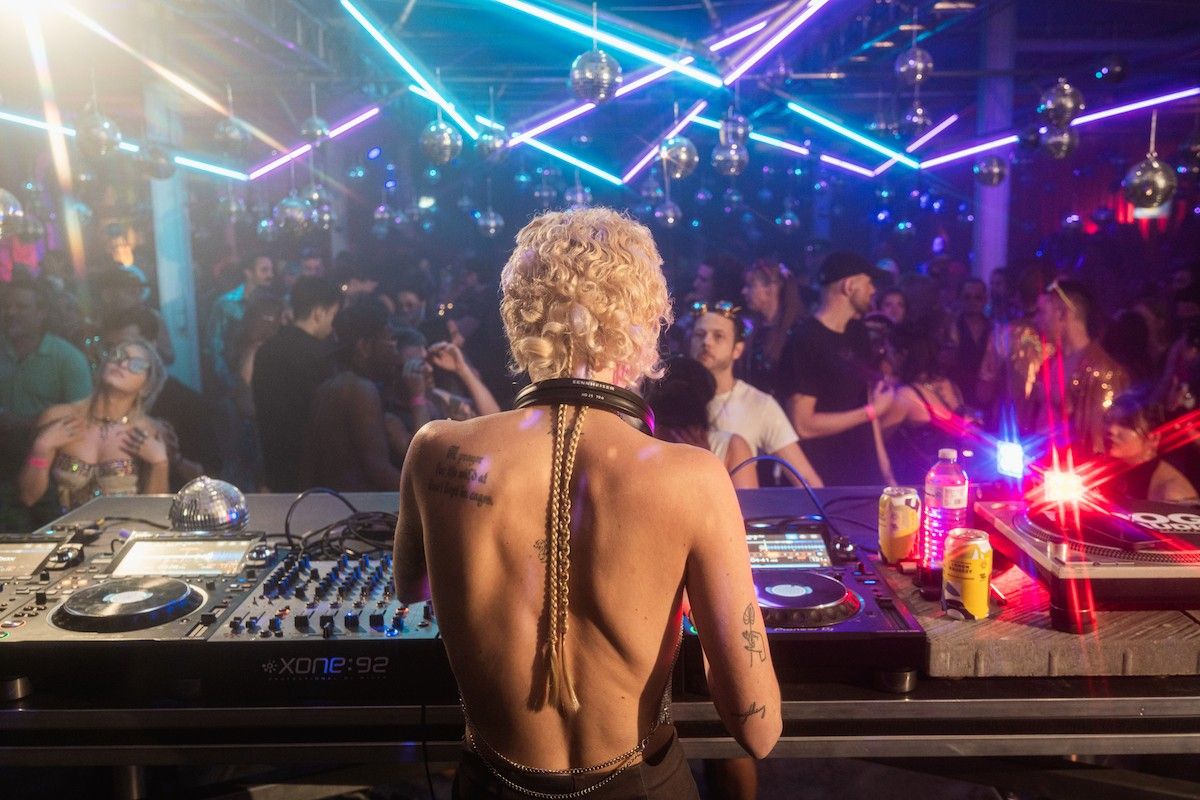
German Sparkle Party at Promise Cherry Beach
Are Toronto's dance floors becoming more intimate spaces?
DJ and event organizer Emily Murphy, a.k.a Venus In Foil, thinks so.
“Intimacy can take many different forms on the dance floor. It can be a shared dance with a familiar face, someone with whom your relationship never extends beyond the party,” Murphy tells Billboard Canada. “I think raving is a practice that offers an opportunity for the sonic and somatic release of difficult feelings while also providing some sense of intimacy and togetherness.”
Murphy is part of local party collectives SOAK and Combo Breaker, has DJed at Boiler Room and Frequencies and worked with promoter Industry Friends. She's noticed a growing need for emotional release in the city last year, and points to widespread alienation from capitalistic sociocultural conditions.
That was especially pronounced during the pandemic, which led to intense euphoria when people were able to come together to dance. The dance floor became a sanctuary from the outside world for many queer ravers in particular. Its return has brought back that space on a whole new level.
Within raves, electronic dance music events and queer underground nightlife, there is a consistent openness to express vulnerability, social gestures of warmth and sharing on the dance floor. That’s what author Luis Manuel Garcia-Mispireta writes in his book Together Somehow: Music, Affect, and Intimacy on the Dancefloor.
Labeling it “stranger-intimacy,” Garcia-Mispireta, a.k.a LMGM, explores how partygoers share this particular space. Venturing and raving through Berlin, Chicago and Paris, Garcia-Mispireta spent most of 2006 to 2010 interviewing and doing field work at parties, clubs and raves and is now an Associate Professor in Music at the University of Birmingham in the U.K. The book is a study of how people interact on the dance floor.
“From the beginning, as soon as I was going to raves, I was thinking about stranger-intimacy, because that’s how I came out of my shell,” Garcia-Mispireta tells Billboard Canada after a recent Toronto book launch with Venus In Foil at the venue Standard Time and a seminar at University of Toronto's Centre for Culture and Technology. “These scenes allowed me to just go alone, just show up and just dance.”
In Garcia-Mispireta's conversations with ravers, partygoers and event organizers sprung the question: do Toronto’s dance floors hold the concept of stranger-intimacy?
In short, yes.
Garcia-Mispireta went to U of T after high school in London, Ontario. He could often be found at clubs like Industry and parties such as Ritual and Transcendence, he says.
“When I moved from Toronto to Chicago, part of my experience as a grad student was constantly marvelling over how similar the two cities were," Garcia-Mispireta says. “I would include Montreal as well.”
Party scenes are cyclical, Garcia-Mispireta says. One of the things the book touches on is human touch.
"Often, there was initially a period of discomfort if [people] were new to... norms around touch,” the author told Billboard over the summer. “But for some people, they’ve awoken to an appetite for a kind of human contact that they didn’t get elsewhere.”
As both an organizer and partygoer, Murphy has found that queer spaces have allowed for the importance of consent when it comes to touch.
“I find there’s far less unwelcome touch now compared to when I first started clubbing some 10-12 years ago,” says Murphy.
Together, Somehow: Music, Affect and Intimacy on the Dancefloor can be purchased at Duke University Press’s site.


